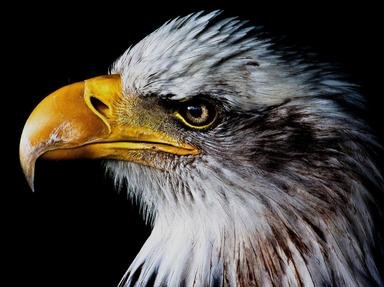Quiz Answer Key and Fun Facts
1. Placed on the endangered species list in 1967, which bird, the largest flying land bird in North America, was reintroduced in Arizona in 1996?
2. In 1927, a plane flying a nonstop cross-country publicity stunt for MGM film studios crashed in the wilderness near Payson, Arizona. What unusual animal cargo survived the crash?
3. The largest predator to live in Arizona during its first century of statehood was gone from the wild at the end of that century. Which large omnivore was last seen in the wild in Arizona in the 1930s?
4. The Arizona-Sonora Desert Museum in Tucson houses a collection of animals found in the Sonoran desert region of Arizona and Mexico. Which busy, riparian creatures staged an escape from the zoo one evening?
5. Which endangered carnivore was reintroduced into eastern Arizona in 1998 after a several decade absence?
6. These animals were introduced into Arizona in the mid 1800s through a short-lived Army experiment. Which desert denizens were alleged to have roamed wild in Arizona as late as the 1940s?
7. Arizona's clear night skies make it a popular sight for star gazing. However, the Mount Graham International Observatory near Tucson almost wasn't built due to the presence of which type of protected creature in the surrounding woods?
8. The largest carnivore in Arizona was only seen sporadically in the state after hunting of the species was banned in 1969. Which creature, more commonly associated with South America, has been captured on camera in southeastern Arizona?
9. Arizona gets a lot of snowbirds during the winter, but which sweet birds, native to southwest Africa, have established a population in central Phoenix?
10. One of the most endangered North American mammals, which member of the Mustelidae family was reintroduced into Arizona in 1996 after a sixty-year absence?
Source: Author
PDAZ
This quiz was reviewed by FunTrivia editor
guitargoddess before going online.
Any errors found in FunTrivia content are routinely corrected through our feedback system.

